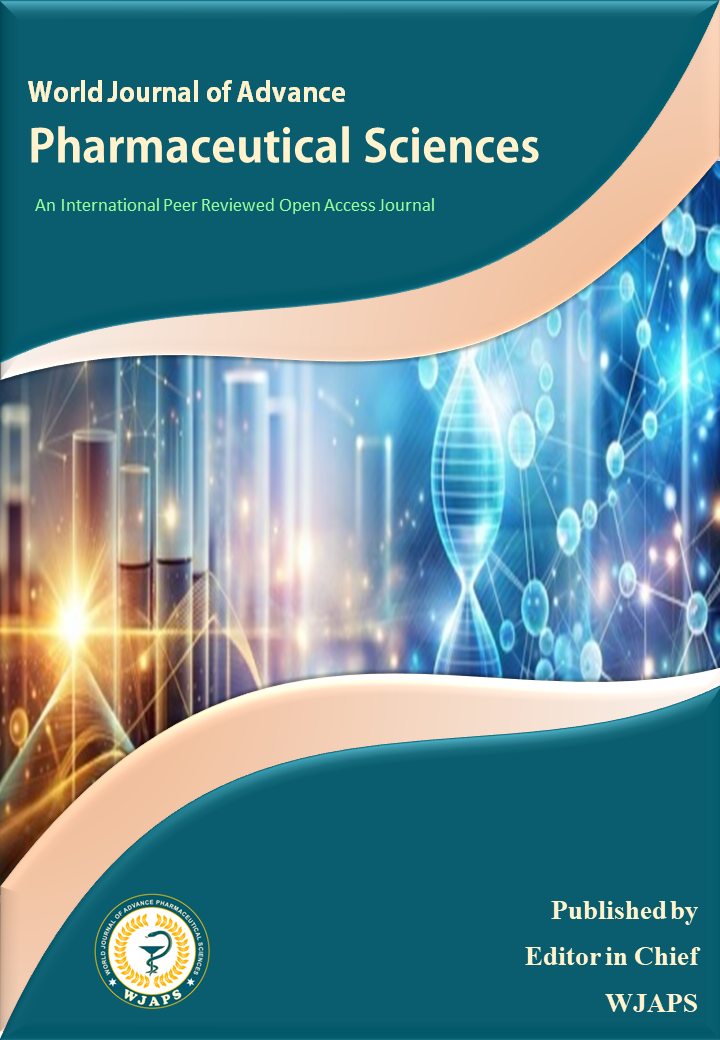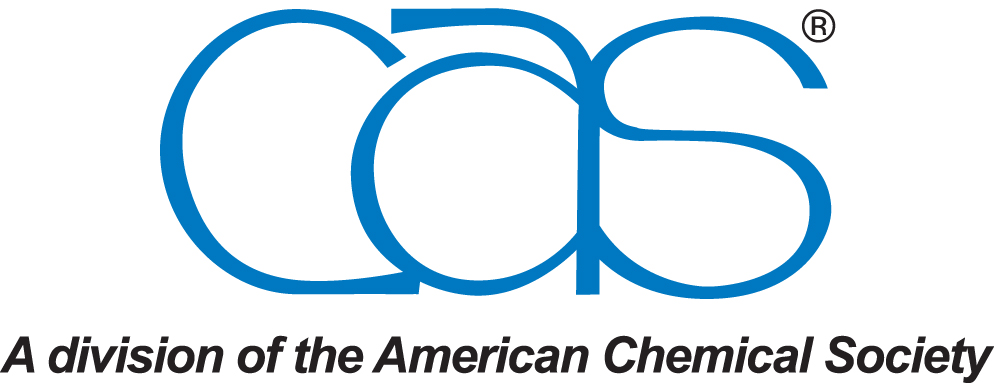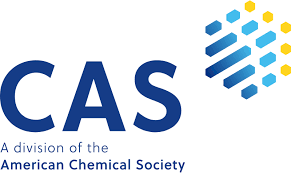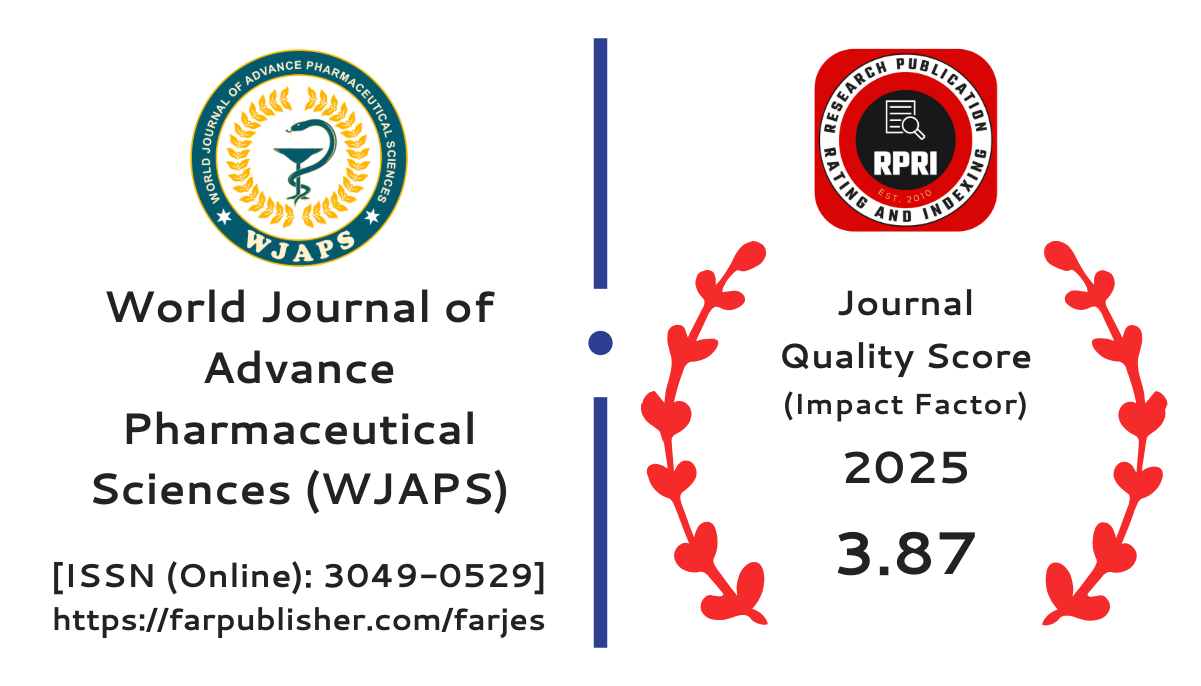PRELIMINARY PHYTOCHEMICAL AND PHARMACOLOGICAL EVALUATION OF TINOSPORA CORDIFOLIA: A PROMISING MEDICINAL
R. Gayathri*, P. Saranya, L. Gopi, S. Yuvasri, Dr. V. Kalvimoorthi and Dr. K. Kaveri
This study investigates the phytochemical properties, safety, and anti-diabetic potential of Tinospora cordifolia leaf extract (TCLE). Phytochemical screening indicated occurrence of glycosides, terpenoids, tannins, carbohydrates, along with high levels of volatile oils, which are associated with the plant's anti-diabetic effects. According to the OECD criteria, the aqueous extract of Tinospora cordifolia was deemed safe after an acute toxicity investigation revealed no toxicity or fatality at a dose of 2000 mg/kg. Based on these findings, doses of 100 mg per kg (low dose) or 400 mg per kg (high dose) were used for anti-diabetic evaluations in streptozotocin (STZ)- induced diabetic rats. Diabetes mellitus, characterized by impaired glucose metabolism due to beta-cell destruction in the pancreas, was induced by STZ. The study assessed the effect of TCLE on lipid profiles, antioxidant systems, and its antihyperglycemic action. Treatment with TCLE significantly reduced blood glucose levels and body weight loss compared to diabetic control rats, indicating its potential to counteract hyperglycemia and its anabolic effects. Glibenclamide, a standard anti-diabetic drug, showed rapid blood glucose normalization, and Extract exhibited a similar effect, highlighting its antidiabetic efficacy. Additionally, TCLE therapy improved lipid profiles, raising HDL levels and decreasing LDL cholesterol, triglycerides, and total cholesterol, indicating a protective effect against diabetic dyslipidemia. These results confirm that Tinospora cordifolia leaf extract possesses significant anti-diabetic and lipid-lowering activities, making it a promising candidate for managing diabetes mellitus and associated complications.
[get full article]



























